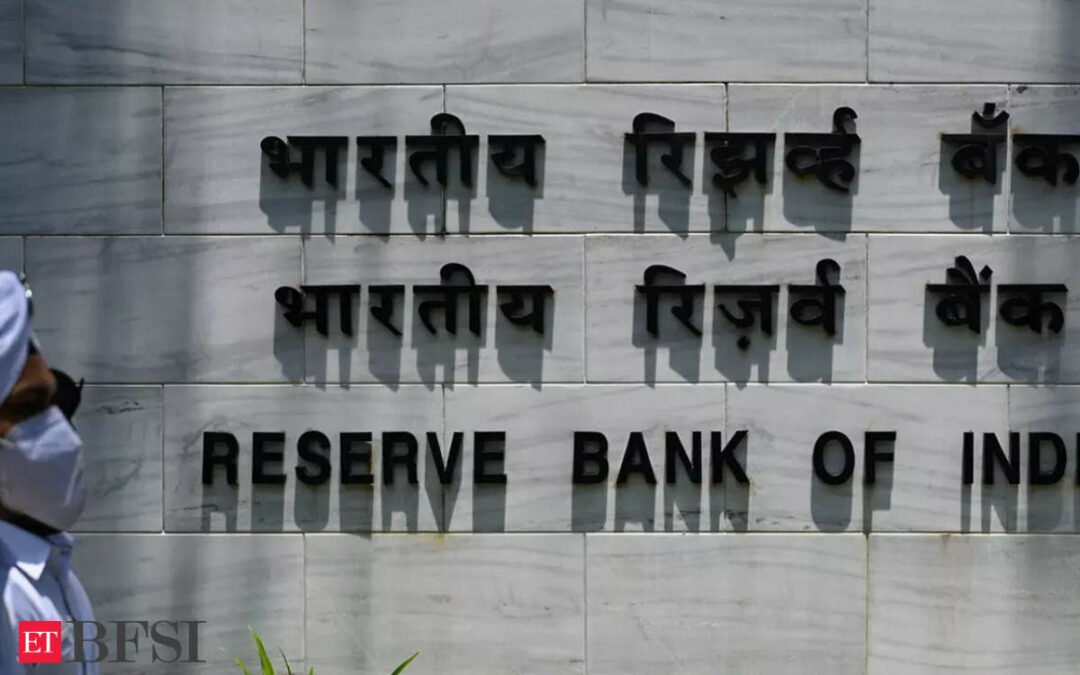Concerned over the rapid growth in unsecured loans, the Reserve Bank of India on Thursday decided to increase the risk-weights on unsecured credit and bank loans to non-banking financial corporations (NBFCs).
The increased risk-weight is applicable to outstanding as well as fresh loans, the central bank said.
While credit growth for the overall banking system has remained stable and healthy, certain components of personal loans are, however, recording very high growth, RBI Governor Shaktikanta Das had said in his previous policy statement.
Das further added that the central bank was closely monitoring for any signs of incipient stress.
Thursday’s decision was, therefore, somewhat on expected lines.
However, Dalal Street wasn’t very happy with the same and a kneejerk reaction was seen among NBFC stocks, with Bajaj Finance, One97 Communications, and SBI Cards and Payment Services shedding more than 2-5%.
Let’s understand a little more about what the implications of RBI’s move could be on the business.
What’s changed?
The risk-weights on banks’ unsecured personal loans and consumer durable loans have been increased to 125% from 100%, and that on credit cards have been increased to 150% from 125%.
Further, the risk-weights on NBFCs’ unsecured personal and consumer durables loans, and credit cards have been increased to 125% from 100%.
The risk-weights on loans by banks to NBFCs has been hiked by 25 percentage points, if the risk-weight is below 100%. One must note that the risk-weights depend on the credit rating of the NBFC.
The RBI has, however, exempted microfinance loans by NBFCs from the risk-weight increase.
How big is unsecured credit for banks?
Unsecured credit, excluding microfinance institutions, for large banks is only about 5-13% of their total loans. Further, loans extended to NBFCs constitute another 5-12% for banks.
According to analysts’ estimates, the share of the total impacted book, which is NBFC and unsecured loans, is the lowest for IndusInd Bank at 10%, and ranges from 15 to 20% for other major banks.
Among NBFCs, the most affected would be SBI Cards, as 100% of the loans are unsecured. The next would be Bajaj Finance as unsecured loans form 38% of the total loan, followed by Aditya Birla Capital with a 20% exposure in unsecured consumer loans.
Financial impact for banks/NBFCs
The increase in the risk weights is set to raise the capital requirements of banks, which, in turn, will increase their cost of capital.
The increase in the risk weights could bring down the Tier-I capital ratio for banks by 40-80 basis points. However, analysts said all banks are well capitalised to manage this impact.
In case of Bajaj Finance, the Tier-I ratio impact would be higher at 230 bps, according to CLSA. However, considering the company just raised capital, it is well placed on that front, said the brokerage.
SBI Cards could see a massive impact of more than 400 bps on Tier-I ratio to 17%.
While the cost of bank borrowing would rise for NBFCs, analysts are unable to quantify the impact at this juncture, and would wait for further details to gauge the same.
Other Implications
Through this move, the RBI is indirectly telling banks to slow unsecured loans and credit cards. But, the biggest impact of the slowdown would be experienced by mono-line companies such as SBI Cards, said analysts.
If banks and Bajaj Finance, the biggest NBFC player, slow their unsecured loan growth by 5 percentage points, CLSA estimates the overall impact on loan growth to be only 1-2%. Therefore, the overall credit growth impact would not be meaningful.
For Paytm, there could be some impact, but that again, won’t be significant given that most of its NBFC partners have a small share of unsecured lending.
(Subscribe to ETMarkets WhatsApp channel)
(Disclaimer: Recommendations, suggestions, views and opinions given by the experts are their own. These do not represent the views of Economic Times)










